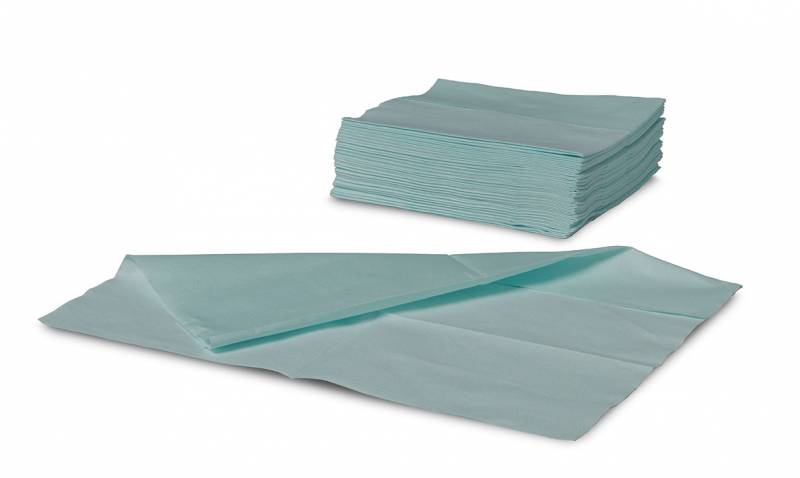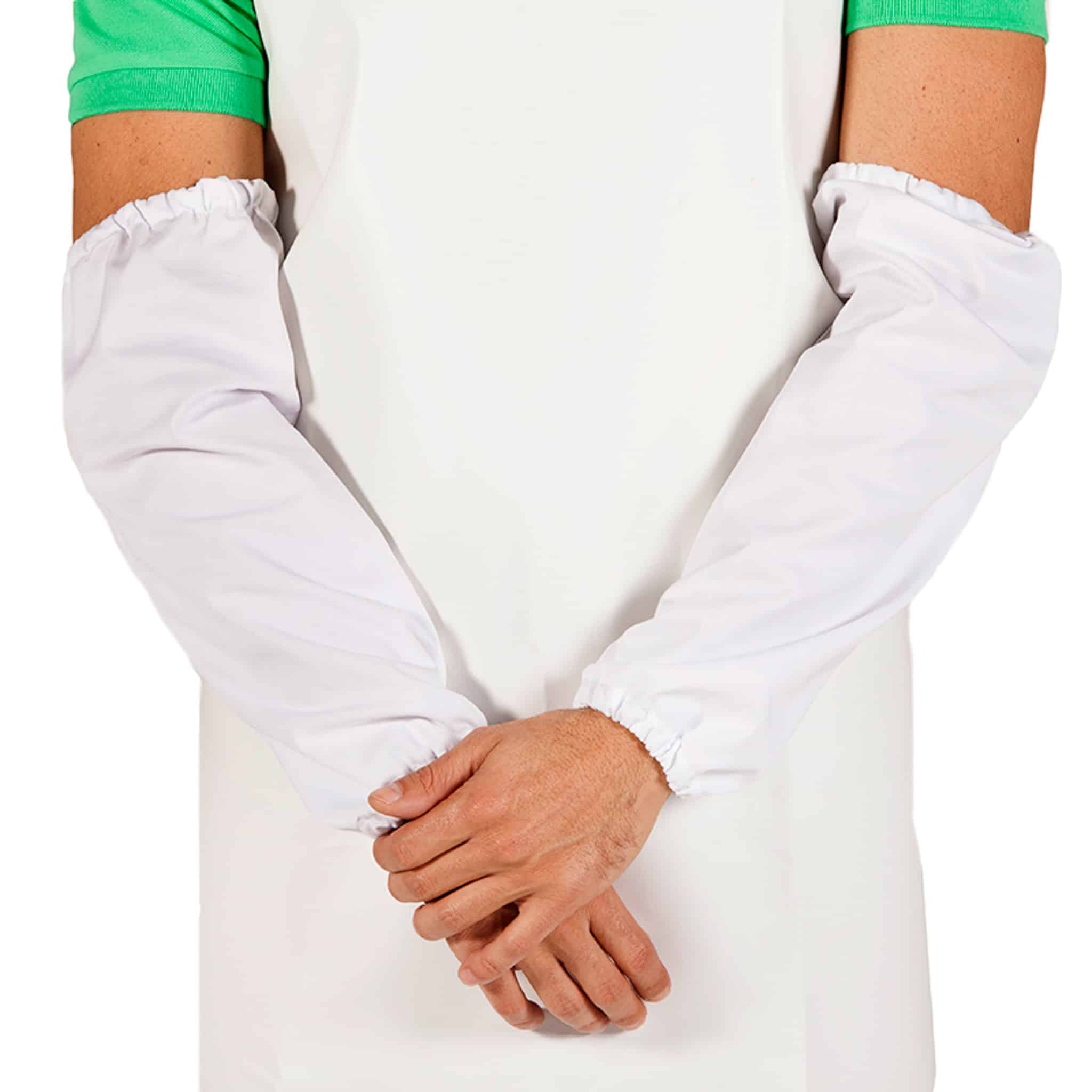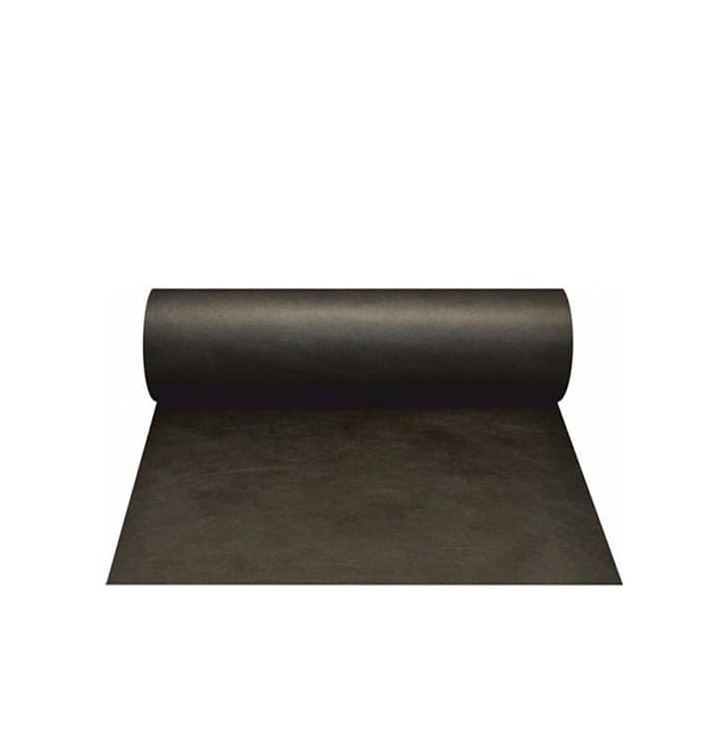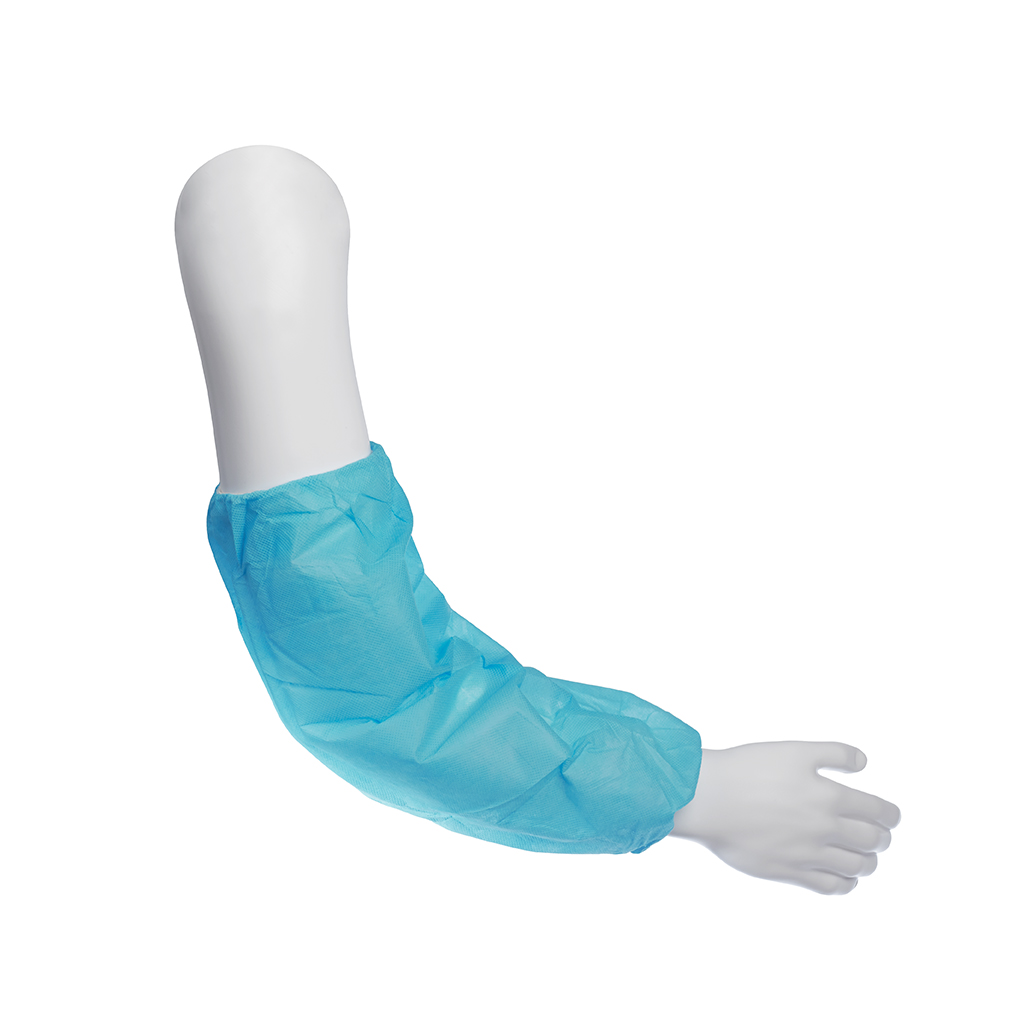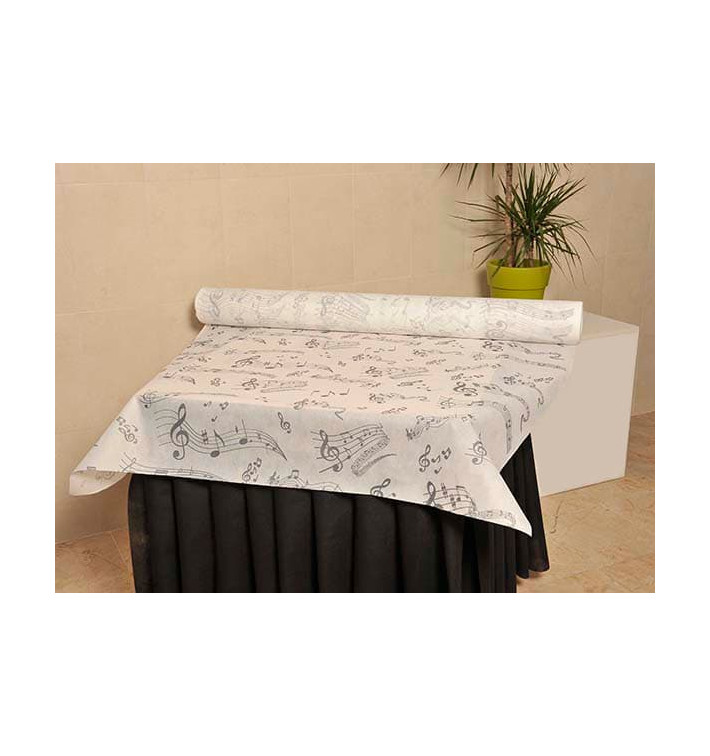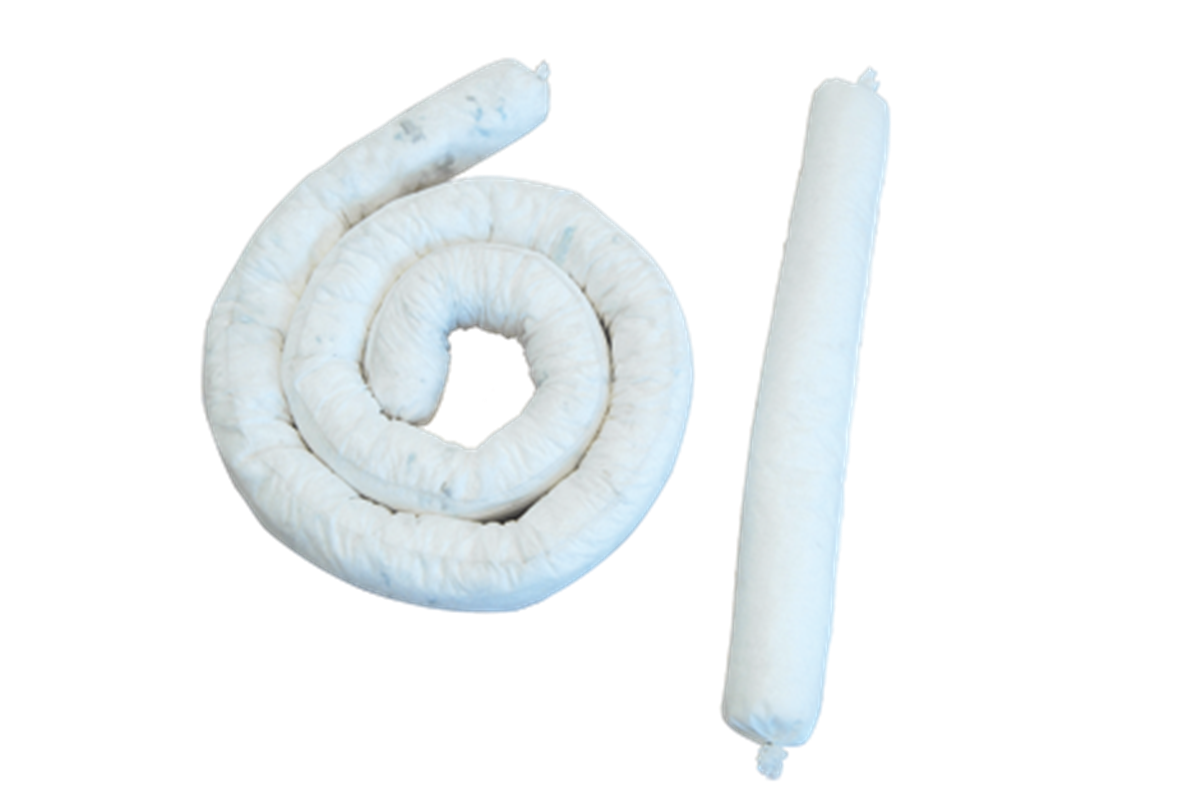
Rimol - Solo Olio - Manicotti assorbenti - Per contenere, arginare ed assorbire copiose perdite di inquinanti. Utilizzabili in esterno, anche sotto la pioggia, o in prossimità di lavorazioni acquose dove è

Rain City - Manicotto monouso non tessuto – polsini usa e getta, 100 pezzi, per proteggere il braccio, per interni ed esterni, per la casa, cucina, impermeabile e a prova di olio,

Tlyd 200Pcs Monouso Non Tessuto Maniche Uso Domestico Impermeabile/Olio-Proof/Inquinamento-Proof/Antipolvere/Antiusura Manicotti del Braccio di Spessore Adatto (20 ×40CM),Bianca : Amazon.it: Casa e cucina

19036453B CORTECO 82036453 Paraolio albero a gomiti con flangia, con manicotti montaggio, sul lato del cambio, TFE (tetrafluoret.)/ACM (Poliacryl-Caucciù)/tess.non tessuto ▷ AUTODOC prezzo e opinioni

Rain City - Manicotto monouso non tessuto – polsini usa e getta, 100 pezzi, per proteggere il braccio, per interni ed esterni, per la casa, cucina, impermeabile e a prova di olio,

Manicotti in tessuto non tessuto Fornitori, produttori, fabbrica - Manicotti in tessuto non tessuto all'ingrosso a buon prezzo - SPADA

Rain City - Manicotto monouso non tessuto – polsini usa e getta, 100 pezzi, per proteggere il braccio, per interni ed esterni, per la casa, cucina, impermeabile e a prova di olio,

Rain City - Manicotto monouso non tessuto – polsini usa e getta, 100 pezzi, per proteggere il braccio, per interni ed esterni, per la casa, cucina, impermeabile e a prova di olio,
